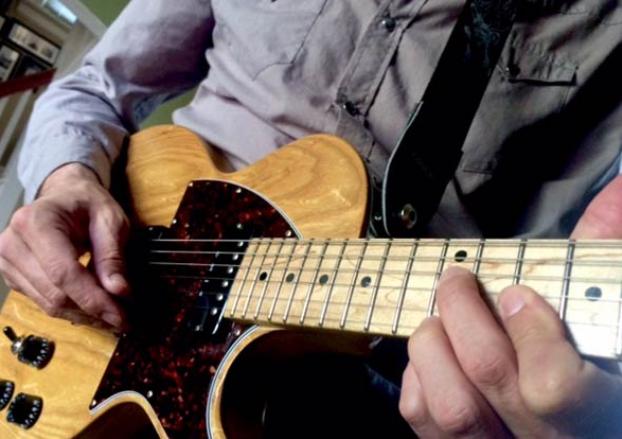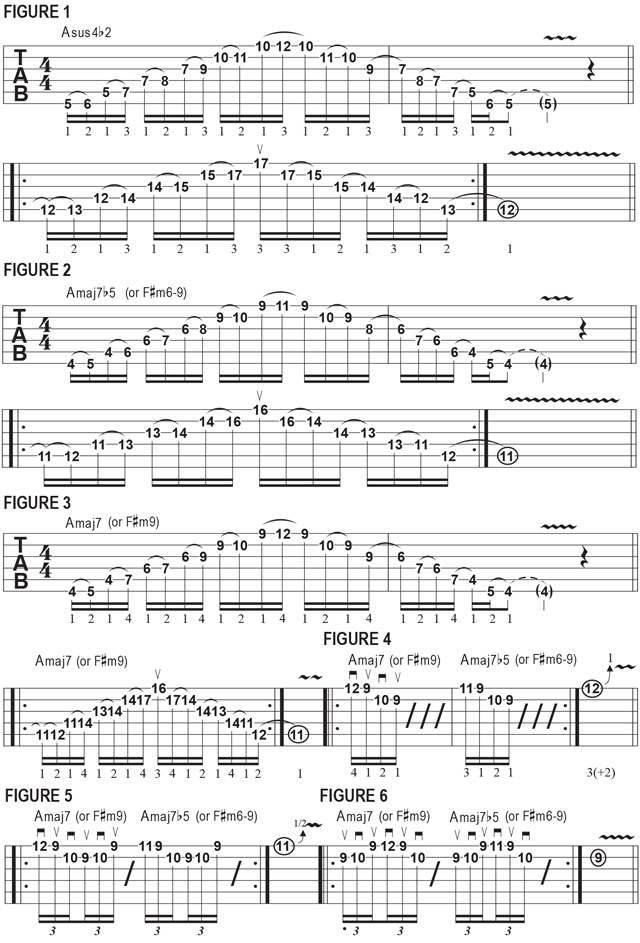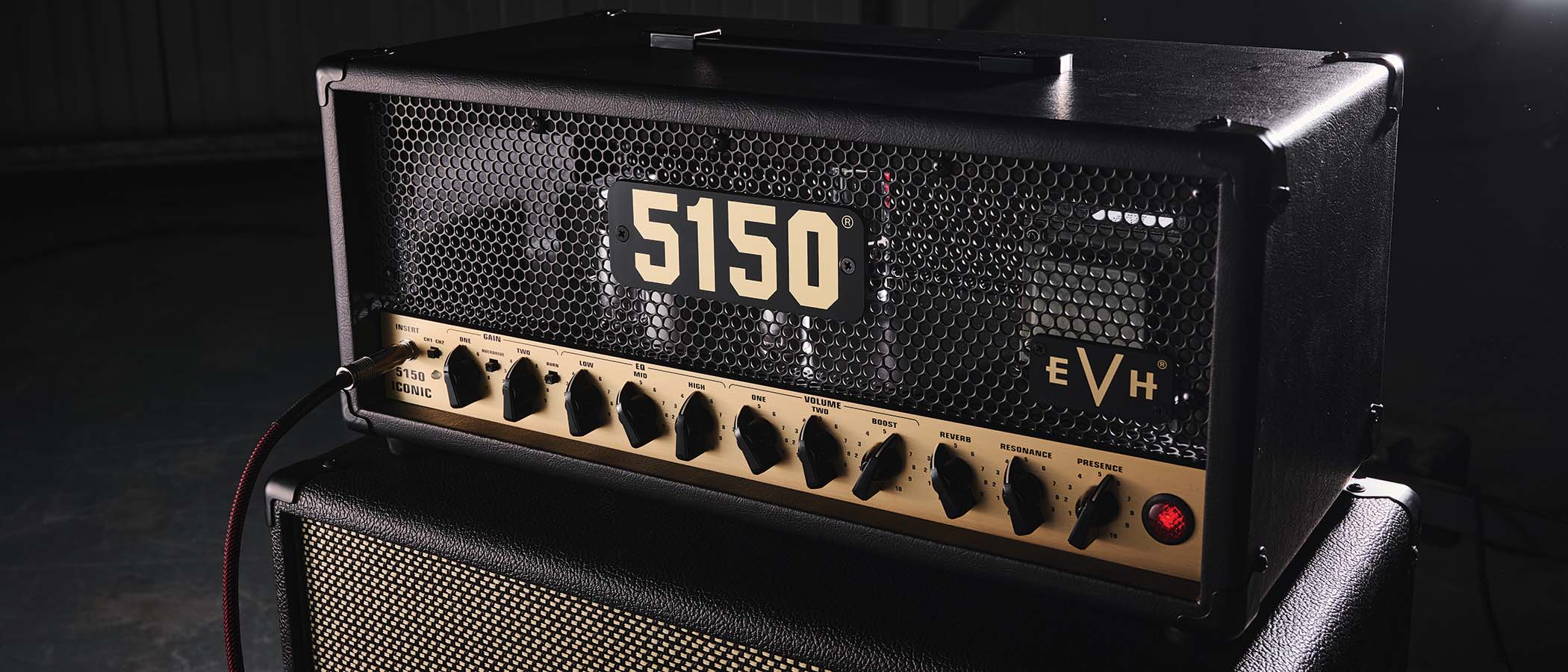Maj7, Maj7b5 and Their Relative Minors

The Asus4b2 arpeggio we looked at last month (November 2017 issue) may be repurposed in a variety of cool, interesting ways, which I think is a worthwhile topic to explore.
We’ll begin by moving it down one fret, and while we’re there we’ll check out a slight variation that offers a similar sound and musical color. And, to get double “bang for your buck,” before we finish today’s lesson I’ll show you a convenient, alternate way to employ each of our two new arpeggios, giving you four new sounds to play with.
FIGURE 1 shows the two Asus4b2 fretboard “paths” I introduced in the previous lesson, both of which move diagonally across the neck and span at least two octaves. As you recall, this arpeggio is spelled A Bb D E, or, intervallically, 1 b2 4 5.
We’re now going to simply shift every note down a fret, as illustrated in FIGURE 2, but maintain an A tonal center (and bass-note accompaniment in the video lesson). We now have the notes G#, A, C# and Eb as our four-note cell. Relative to A, that gives us the major seven (G#), root (A), major third (C#) and diminished, or “flatted,” fifth (Eb). It’s a pretty exotic, mysterious sound!
Now, if we were to play these same four notes over A major’s relative minor tonal center, F# minor, we get an equally intriguing but decidedly darker F#m6-9 sound, with G# now heard as the second, or ninth, A as the minor, or “flatted,” third, C# as the perfect fifth, and D# (Eb) as the major sixth. We’re still playing the same four notes, but when heard over an F# bass note their individual roles change, in the way our brains perceive them. This duality is comparable to the relationship between the major and minor pentatonic scales.
Let’s now go back to our relative major tonal center, A, and the Amaj7b5 arpeggio from FIGURE 2. The variation I spoke of earlier involves raising the flatted fifth, Eb, to En (E natural), which gives us the more conventional and “tamer” sounding Amaj7 arpeggio (A C# E G#) depicted in FIGURE 3, again starting on the major seventh, G#. Notice that the fret-hand fingerings have changed slightly, with the pinkie (4) used for each E note.
Now play this figure again over an F#m chord, or just an F# bass note, and you’ll hear a cool, jazzy F#m9 sound, as I demonstrate in the video lesson. After you get to know these new patterns, play around with some of the smaller “shred cell” repetition licks that live within them, just as I had demonstrated in the previous lesson.
All the latest guitar news, interviews, lessons, reviews, deals and more, direct to your inbox!
FIGURES 4–6 offer some examples with our new arpeggios, each played on the top two strings, using alternate-picked 16th notes or 16th-note triplets. Transpose these shapes and licks to the other important guitar keys, namely G major/E minor, C major/A minor, D major/B minor and F major/D minor.

Over the past 30 years, Jimmy Brown has built a reputation as one of the world's finest music educators, through his work as a transcriber and Senior Music Editor for Guitar World magazine and Lessons Editor for its sister publication, Guitar Player. In addition to these roles, Jimmy is also a busy working musician, performing regularly in the greater New York City area. Jimmy earned a Bachelor of Music degree in Jazz Studies and Performance and Music Management from William Paterson University in 1989. He is also an experienced private guitar teacher and an accomplished writer.

